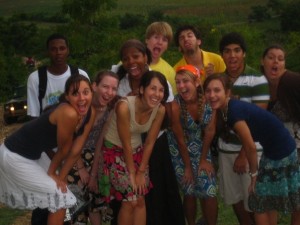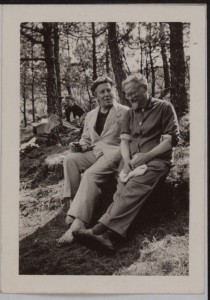Travel Costs and Options: Trading cost for comfort
With a schedule all printed out and plan all prepared, it is time to mark down the expenses. The first two most important costs will be the travel costs and the accommodation costs. As a general rule, there is a trade-off between cost and comfort; cheaper options are usually less convenient and less comfortable.
Buses
When travelling within a country, buses are one of the most reliable and cheapest forms of long distance travels. Although it is not always comfortable, buses are always at least half the cost of other forms of travel. There is no doubt that trains and cars will always be faster than buses but buses cost much less than other forms of transportation. Where it would cost at least $100 to travel from Washington D.C. to New York round trip through driving or trains, it only costs about $60 if a bus is taken. In North America bus companies like Megabus or Greyhound usually have travel deals as well. If late bus rides are not a problem, there can be even more savings on top of the already low prices!

An example of a bus company which can take you to far
Car Pooling, Large group discounts
Choosing to travel with a large group can cut the costs of travelling by a huge amount. Generally the more people there are, the cheaper it becomes to travel. If there is a good amount of people opting to travel to the same location (usually around 4 people), it can be cheaper to split the gas money and take turns driving. A trip which would normally cost $100 now becomes $25! Sometimes, there are bus tours and trips which provide a group discount for larger groups. Being able to travel with more people provides security and economic safety as well. However, the more people there are during a trip, the more likely it is for the trip to become disorganized. Make sure to pick the right people!
Discount Deals-Airplanes
One of the best things about traveling is looking out for some discount travel options. Once in a while, travel sites such as Expedia.com or Orbitz.com might have discount plane tickets to many often travelled locations in the world. A round trip from Los Angeles to New York can sometimes only cost $89! However, the fine prints of these amazing deals come with a fixed flying schedule. So although there is a cheap ticket option, it severely limits the flexibility of travel dates and forces a schedule around those times.
Studying Abroad and School Sponsored Programs
Sometimes it is almost impossible to find the funds to travel alone. That is it can be a great idea to check out what programs a college or school has to offer for travelling! Colleges often have a multitude of programs which allow students to travel to many different locations for low prices and high security. Club trips, after school programs, study abroad programs, exchange programs and competitive trips can all be a gateway towards a cheap travel trip! Although options might be limited on a trip sponsored by an organization, it is still a great option to travel (with accommodations provided) for low costs or sometimes even for free! For example, I was able to travel to place such as Washington D.C. and Princeton just because I was part of the Mock Trial Team in college. Not only was it a memorable trip but it was also free!

Bon Voyage!
——————————————————————————
This was written by Gary Chen of Stony Brook University
Follow the Campus Clipper on Twitter and Like us on Facebook!
Interested in more deals for students? Sign up for our bi-weekly newsletter to get the latest in student discounts and promotions and follow our Tumblr and Pinterest. For savings on-the-go, download our printable coupon e-book!















